Cooking Without Oil Tips (with Video)
Choosing a plant-based lifestyle is a huge step toward improving your health. Besides avoiding meat and dairy, eliminating oil is an essential component of a truly healthy diet.
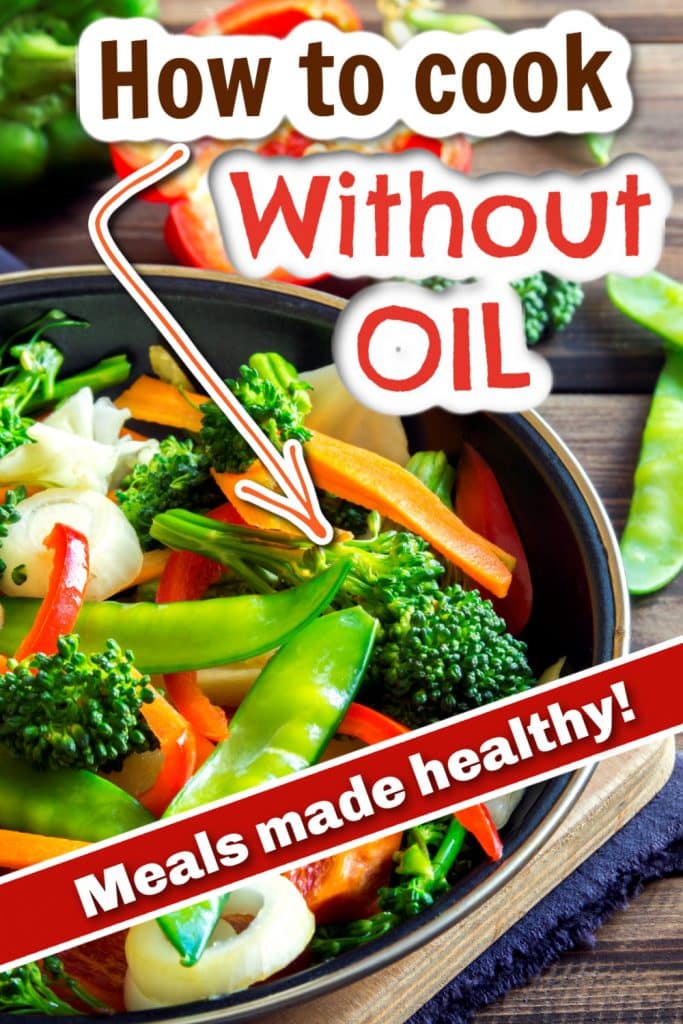
Healthy cooking requires learning some new methods in the kitchen. These oil-free tips will be instrumental in maintaining a healthy weight and regaining health.
I have even included an 8-minute cooking demo of How to Saute using vegetable broth. In it, I make a vegetable stir-fry with onions, red bell pepper, mushrooms, broccoli, and brown rice. See for yourself how simple it really is! I’ve written more about this for T. Colin Campbell’s Center for Nutrition Studies.
Our plant-based starter kits are a great way to begin your new journey because they include a book, a set of DVD lectures from Dr. Neal Barnard, and a folder full of helpful literature from the Physicians Committee for Responsible Medicine.
Surprising nutritional facts about oil
- All oil--whether from an animal or a plant– causes insulin resistance.
- Gram-for-gram oil has the same number of calories as beef fat.
- Coconut oil is 90% artery-clogging saturated fat, and lard is 40%.
- One tablespoon of oil has 120 calories and 14 grams of fat.
- A 130 lb woman would have to jog nearly 2 miles to burn off 1 tablespoon of oil.
- Within hours of ingesting oil–even plant oil–arteries stiffen and their ability to dilate is impaired.
Keep in mind that a plant-based diet does not mean a fat-free diet. Our bodies need dietary fat to function properly, and plants have all we need. Even broccoli, kale, beans, and quinoa have fat in small but perfect amounts.
Even more nutritional information can be found in our article, Is Olive Oil Good for You?
Learning to cook without oil
At first, it might seem a little crazy or scary to think of cooking without oil. Thankfully, learning to cook delicious oil-free recipes is not difficult. It might take a little practice to get things just right, but soon you’ll wonder how you ever tolerated the greasy taste and texture of oil-drenched foods!
Choose the right cookware
Consider investing in some non-stick cookware. Though there is an initial cost, if taken care of properly, it will last forever. Some good-quality options are heavy-bottomed stainless steel pans, Enamel-coated cast iron, or ceramic titanium pans. Be sure to hand-wash so the coating doesn’t wear off prematurely.
I am often asked about which nonstick pan I use, and my favorite is the 12″ Stone Earth Ozeri Fry Pan. There are actually two of them in my kitchen, and I use them daily.
Silicone ovenware is great for easy release when roasting vegetables or baking preparing oil-free desserts. Parchment paper is also a great option to line baking sheets and casserole dishes.
Here’s how to replace oil depending on the cooking method:
I’ve broken this down into categories to make it more simple to follow and understand.
Sautéing and stir-frying
Believe it or not, when sautéing vegetables, water and broth do just as well as oil. The trick is to use small amounts, adding just 1 to 2 tablespoons at a time. Do this as often as needed to cook and brown the food. Remember to keep the veggies moving so they don’t burn. Check out our short Sauteing Without Oil video clip that shows how easy it can be. If you are using an ad blocker, it might need to be turned off for a minute to watch this video. YouTube version for sharing is available on our channel.
Baking
Making moist and delicious cookies, cakes, and other oil-free baked goods is actually quite easy. Some of my favorite substitutes include applesauce, mashed bananas, and puréed dates or pumpkin. In my Glazed Carrot Cake, I use both applesauce and banana to keep it moist, and the results are deliciously amazing!
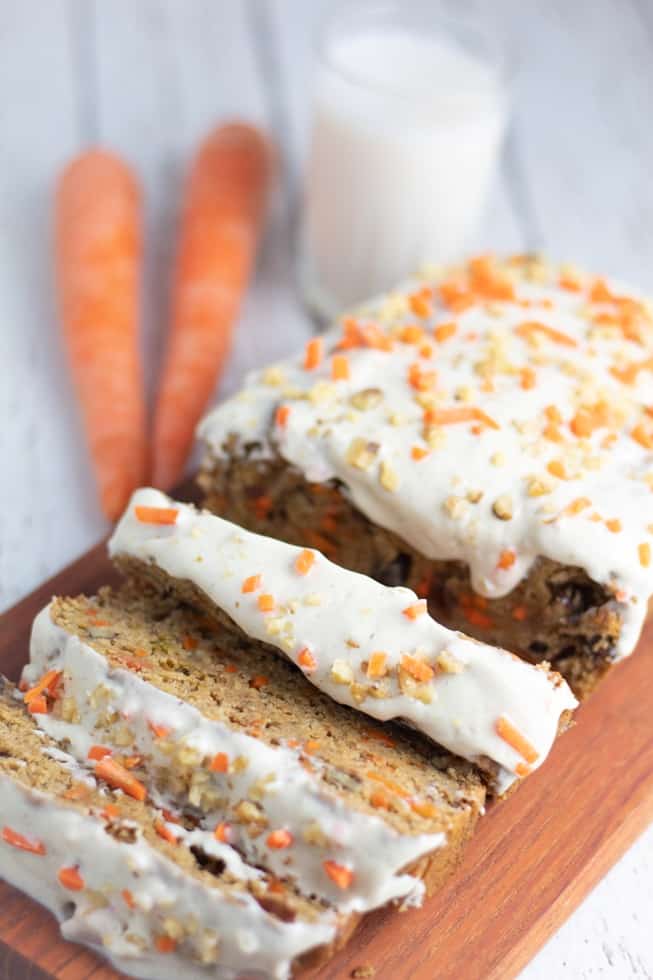
Roasting
Vegetables will brown on their own in the oven if you cook them low and slow. I like to lightly mist vegetables with water or veggie broth using a bottle sprayer, then sprinkle with spices and herbs for seasoning before roasting. For something super crispy like French fries or Crispy Oven Roasted Zucchini & Squash, finish the last few minutes by popping them under the broiler. Make sure to use parchment paper or a silicone baking sheet to prevent sticking.
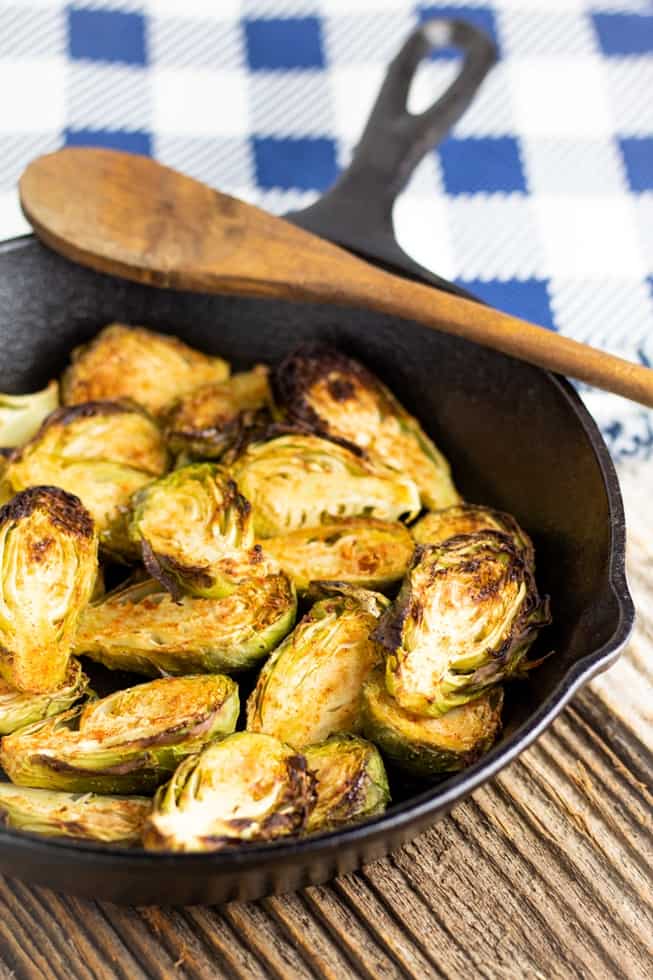
Deep Frying Alternatives
There is a secret weapon for achieving that extra-crispy texture without using oil. It’s called an air fryer. Though this is not a required piece of equipment for a plant-based kitchen, I will say that I absolutely love mine.
Some of the recipes I have been able to make are Asparagus, Mushroom, and Tofu Tempura, Jo-Jo potatoes, French fries, and more. I am happy to have all those crispy fried foods back in my life only, this time, they have zero oil and won’t be clogging my arteries or causing inflammation.

Once you try out some of these cooking techniques, it will become apparent how easy oil-free cooking can be. The food tastes delicious, and your arteries will thank you!
More plant-based cooking tips
For those of you new to the whole food plant-based lifestyle, we’ve created a FREE 7-Day Plant-Based Menu Planner to help you get started!
Frequently Asked Questions
Yes! You can achieve crispy results by using cooking methods like baking, air frying, or roasting, and using ingredients like breadcrumbs, cornstarch, or panko for added crunch.
You can sauté vegetables without oil by using vegetable broth, water, or a splash of lemon juice to keep them from sticking while cooking.
Cooking without oil may slightly alter the flavor, but you can enhance the taste with herbs, spices, and other seasonings like lemon juice or balsamic vinegar.
If you try this recipe, please let us know how you like it by rating it and leaving a comment. We love to hear from you!
Want to Save This Recipe?
Enter your email & I’ll send it to your inbox. Plus, get great new recipes from me every week!
By submitting this form, you consent to receive emails from EatPlant-Based
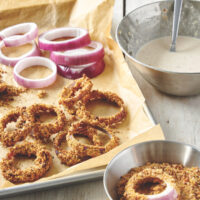
Crispy Baked Onion Rings
Ingredients
- 1 large red onion cut into 1/2″ thick slices
- 2/3 cup oat flour
- 1/4 cup chickpea flour
- 1 cup almond milk
- 1 teaspoon rice vinegar
- 1/3 cup cornmeal
- 3/4 cup bread crumbs
- 1/3 cup nutritritional yeast
- 2 tablespoons Savory Spice Blend
- 1 teaspoon smoked paprika
Instructions
- Preheat the oven to 425ºF. Line a large baking sheet with a silicone mat or parchment paper to prevent sticking and set aside.
- Peel the outer skin from the purple onion and cut into 1/2" slices. Separate the slices into rings. Transfer to a bowl and set aside.
- In a shallow bowl, combine the oat flour, chickpea flour, almond milk, and vinegar, stirring to blend well.
- In a separate shallow bowl, combine the cornmeal, bread crumbs, nutritional yeast, Savory Spice Blend, and paprika, mixing well.
- In a row, line up the bowls of onion rings, batter, breading mixture, and the prepared baking sheet. Dip an onion ring into the batter, coating it all over. Transfer the onion ring to the breading, tossing to coat. Use a clean, dry hand to sprinkle the breading onto the onion as needed.
- Place the coated onion ring on the prepared baking sheet and repeat with the remaining ingredients, arranging the rings in a single layer. Use a second baking sheet, if needed. You should have enough batter and breading for about twenty onion rings.
- Bake for 10 minutes; then remove from the oven and carefully turn over the rings. Bake for about 10 minutes longer, or until crisp and nicely browned. Serve hot.
Video
Notes
- Onions- Other types of onions can also be used such as yellow or white onions.
- Gluten-free- For those who are avoiding gluten, simply substitute the bread crumbs for something like these made by Appel Foods.
- Bread crumbs- Dr. Greger says to use whole-grain, oil-free, and salt-free bread crumbs. I honestly have not been able to find any. The best option I can see is to make your own by toasting your favorite whole-grain bread and then pulsing it in your blender or food processor until you get the right consistency.
- Almond milk- Any plant milk can be used in place of the almond milk.
- Spice blend- This recipe calls for Dr. Greger’s Spice Blend, and you really need to give it a try. It’s delicious for seasoning many other recipes and foods as well. It’s super easy to make.
- Preheat your air fryer to 375°F (190°C) for about 3-5 minutes.
- Place the onion rings in a single layer in the air fryer basket, making sure they don’t overlap for even cooking. You may need to cook them in batches depending on the size of your air fryer.
- Cook them for 8-10 minutes, flipping them halfway through the cooking time to ensure both sides are crispy and golden brown.
Nutrition
Disclaimer
To obtain the most accurate representation of the nutritional information in a given recipe, you should calculate the nutritional information with the actual ingredients used in your recipe, using your preferred nutrition calculator. You are solely responsible for ensuring that any nutritional information provided is accurate, complete, and useful.
About Terri Edwards
Hi guys! I am the content creator behind EatPlant-Based and a licensed Food for Life instructor with the Physicians Committee for Responsible Medicine. I am passionate about sharing healthy recipes and tips to empower others to get healthy. I’m so glad you’re here! Read More…

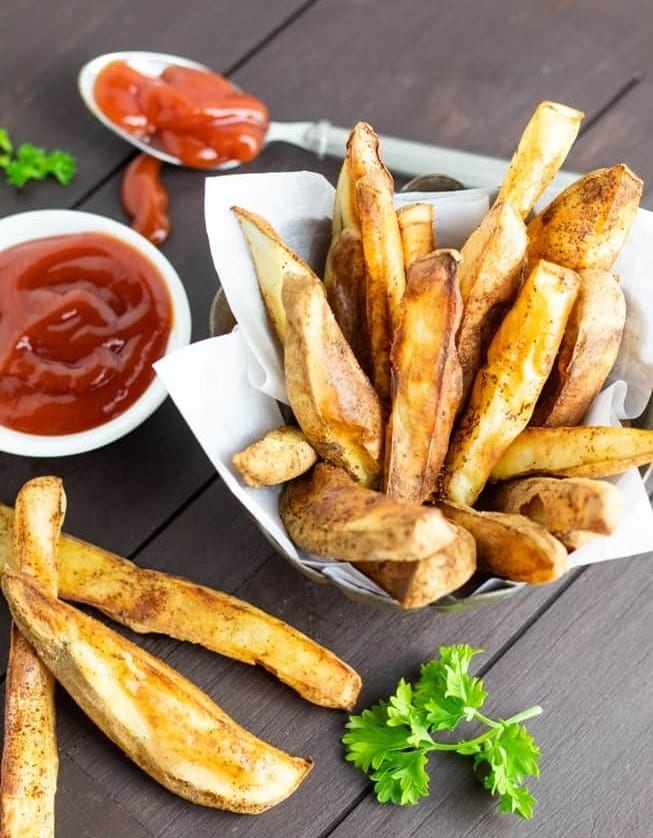
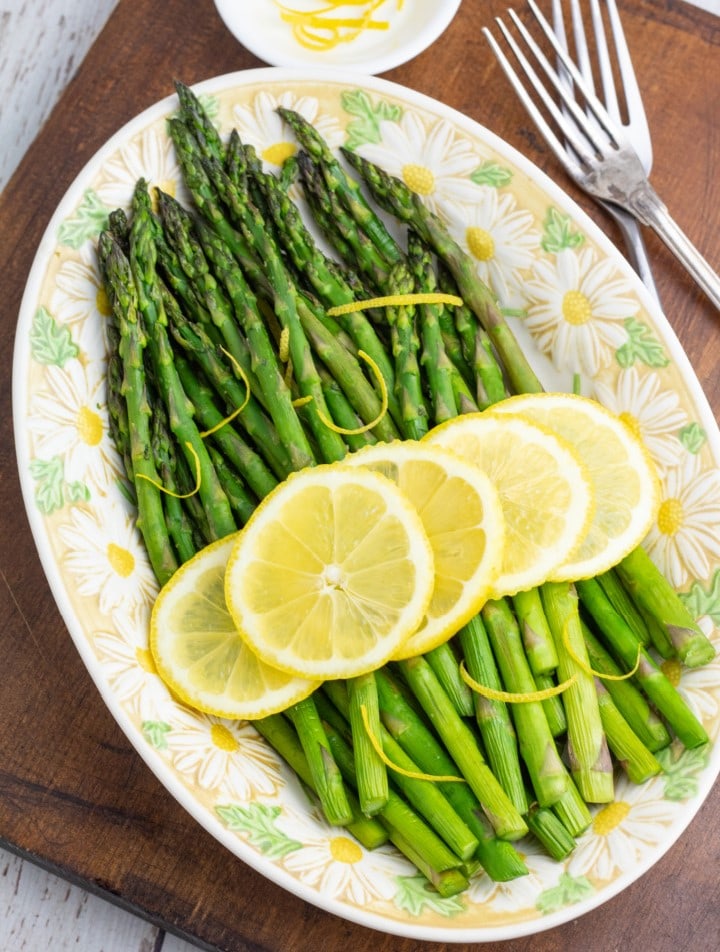
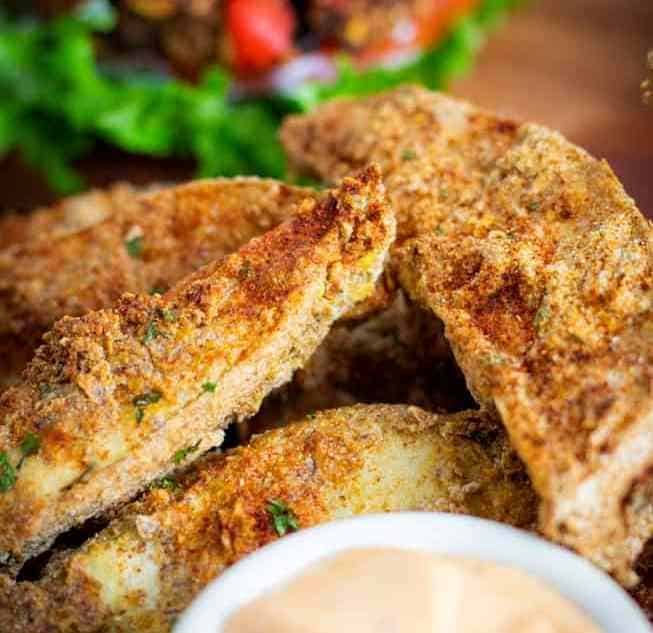
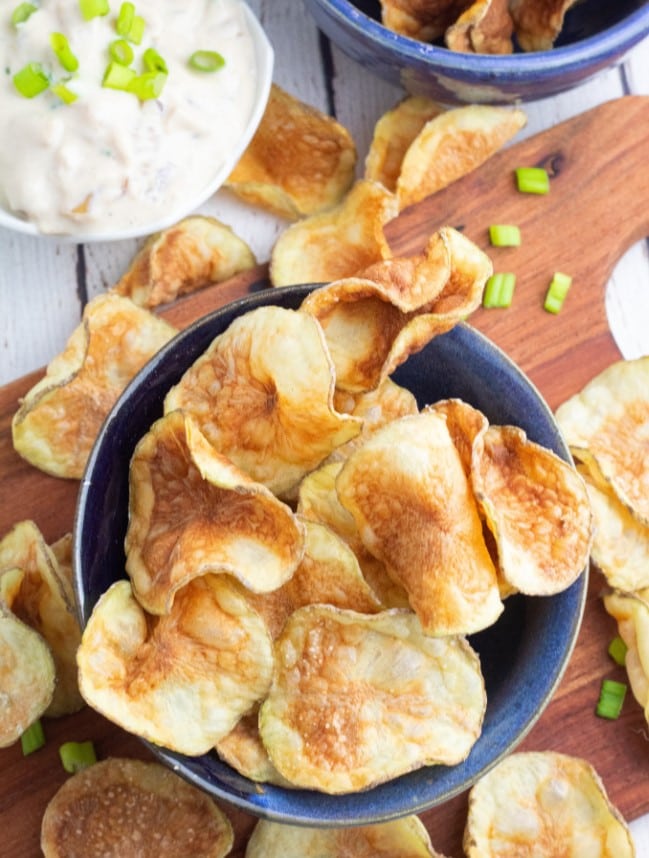
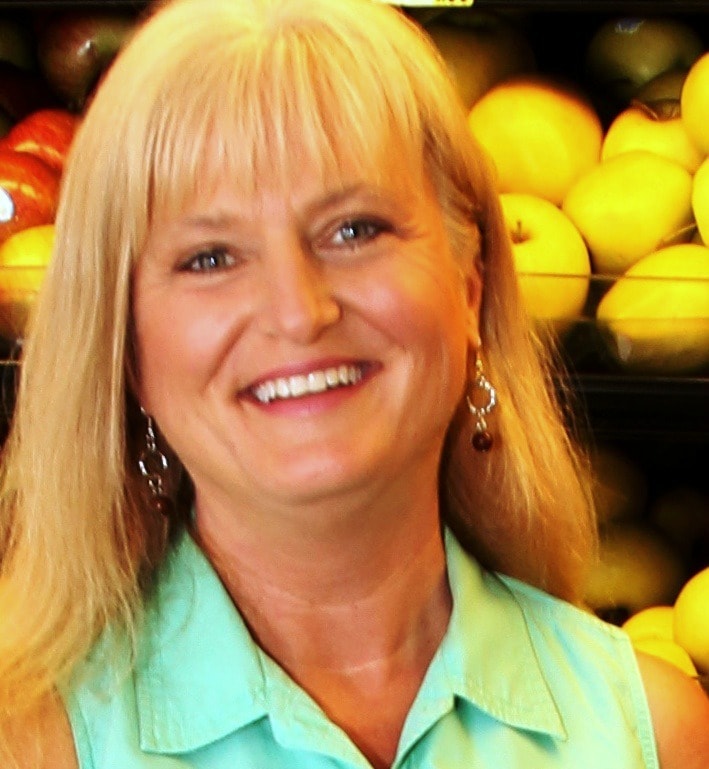
Great video! I coincidentally made a stir fry last night *before* seeing your video, but I put way too much water. So, the vegetables were very mushy and tasted overly steamed. I understand what I did wrong and can’t wait to try again. I think I was attempting to make a flavorful sauce that could drip into the rice, but that was not the outcome. I get it! Thank you.
I love that you had a ‘light bulb moment’ and now understand how to do it! Thank you for letting me know that the video was helpful, and I’m betting your next attempt will be an awesome success.
Oh Terri, I would love to show this video to my group, is there a way? I am so thankful for all that you have to share. My group is, Plentiful Plants.
Hi Gayle, yes, please feel free to share this video with your Plentiful Plants group. This is the YouTube link to it: https://www.youtube.com/watch?v=bH67ybdgNHE Thanks so much!
Terri, I couldn’t make the audio work on your video despite trying to click the audio button. Question for you: If you use parchment paper to line a baking pan, can you put that pan under the broiler for a few minutes to crisp up veggies? I thought the temperature would be too hot at that point for parchment paper. Would love to know if I don’t have to worry…
Denise, so sorry that the sound wouldn’t work for you. I wonder if trying to watch it on a different device might have a better outcome? Not sure. For the parchment paper, you are correct. I believe the temperature limit for cooking with parchment paper is 400 degrees.
I am not seeing the video; am I just missing it?
Cheri, the video is down towards the bottom of the article. The paragraph above it says, “Here’s how to replace oil depending on the cooking method:
Sautéing and stir-frying–Believe it or not, when sautéing vegetables, water and broth do just as well as oil. The trick is to use small amounts, adding just 1 to 2 tablespoons at a time. Do this as often as needed to cook and brown the food. Remember to keep the veggies moving so they don’t burn. This is a short Sauteing Without Oil video clip shows how easy it can be.” If you have an ad pop-up blocker, it might need to be turned off to view it. Hope this helps!